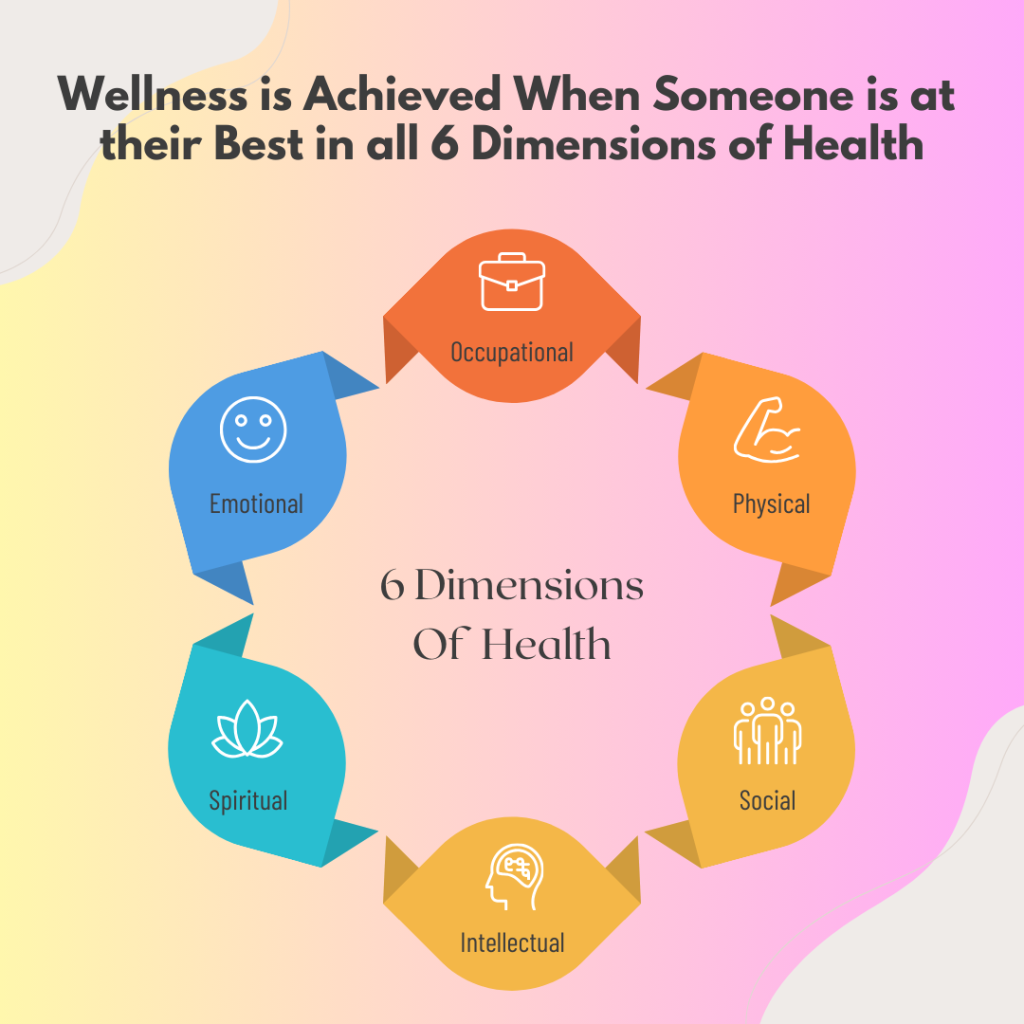The Health Benefits of Eating Goat Meat: A Nutritional Powerhouse
Introduction: In recent years, there has been a growing interest in exploring alternative protein sources that offer both nutritional value and culinary delight. Among these alternatives, goat meat has emerged as a versatile and flavourful option cherished in various culinary traditions around the world. Beyond its delectable taste and tender texture, goat meat boasts a myriad of health benefits that make it a valuable addition to any diet. From its rich protein content to its abundance of essential vitamins and minerals, goat meat offers a unique combination of nutrients that can support overall health and well-being. In this article, we’ll delve into the health benefits of eating goat meat, exploring its nutritional profile, and uncovering the reasons why it deserves a place on your plate. Whether you’re a culinary enthusiast or simply seeking to enhance your diet with nutritious choices, the health benefits of goat meat are sure to pique your interest and tantalize your taste buds. You can also read our top-ranking article Wellness is Achieved When Someone is at their Best in all 6 Dimensions of Health. Nutrition Profile of Goat Meat: Goat meat, also known as chevon or mutton, offers a diverse array of essential nutrients that contribute to its nutritional profile. Here’s an overview of the nutrition profile of goat meat: Protein: Goat meat is an excellent source of high-quality protein, essential for various bodily functions. Protein plays a crucial role in muscle repair and growth, supports immune function, and aids in the production of enzymes and hormones. The protein content in goat meat helps promote satiety and muscle maintenance, making it an excellent choice for those looking to build or maintain lean muscle mass. Including goat meat in meals can help support weight management goals and keep you feeling full and satisfied for longer periods. Iron: Iron is vital for the production of hemoglobin, the protein in red blood cells that carries oxygen throughout the body. Goat meat is a rich source of heme iron, which is more readily absorbed by the body compared to non-heme iron found in plant-based foods. Adequate iron intake helps prevent iron deficiency anemia and supports overall energy levels. Vitamins: Goat meat contains essential vitamins, including B vitamins such as vitamin B12, riboflavin (B2), and niacin (B3). These vitamins play critical roles in metabolism, nerve function, and energy production. Vitamin B12, in particular, is essential for red blood cell formation and neurological health. Minerals: In addition to iron, goat meat provides essential minerals such as zinc, phosphorus, and selenium. Zinc supports immune function, wound healing, and DNA synthesis, while phosphorus is crucial for bone health and energy metabolism. Selenium acts as an antioxidant, helping to protect cells from damage caused by free radicals. Low in Fat: Compared to other meats like beef and pork, goat meat is relatively low in fat, particularly saturated fat. This makes it a healthier option for individuals looking to reduce their fat intake and maintain a healthy weight. Consuming lean cuts of goat meat can contribute to heart health and lower the risk of cardiovascular diseases. Nutrient Density: Overall, goat meat is nutrient-dense, meaning it provides a high concentration of essential nutrients relative to its calorie content. Incorporating goat meat into your diet can help ensure you’re meeting your daily nutrient requirements while enjoying delicious and satisfying meals. what are the health benefits of eating goat meat? Unlike traditional meats like beef, chicken, and pork, goat meat offers unique flavors and nutritional benefits that make it a sought-after choice for many. 1. Unmatched Protein Source: Goat meat stands out as an exceptional source of high-quality protein, containing all the essential amino acids required by the body for muscle repair, growth, and maintenance. With its complete protein profile, goat meat offers a substantial boost to your daily protein intake, making it an ideal choice for athletes, fitness enthusiasts, and anyone looking to support their active lifestyle. 2. Rich in Essential Nutrients: Goat meat is not only protein-rich but also packed with essential nutrients vital for optimal health. From iron and zinc to vitamin B12 and selenium, goat meat provides a wide array of micronutrients necessary for various bodily functions. Incorporating goat meat into your diet can help prevent nutrient deficiencies and promote overall well-being. 3. Heart-Healthy Option: Contrary to popular belief, goat meat is relatively low in saturated fat compared to other red meats like beef and lamb. Additionally, it contains higher levels of healthy unsaturated fats, such as omega-3 fatty acids, which have been linked to improved heart health. By choosing goat meat as part of a balanced diet, you can enjoy its delicious flavor while supporting cardiovascular wellness. 4. Supports Muscle Growth and Repair: Thanks to its rich protein content and amino acid profile, goat meat plays a crucial role in supporting muscle growth and repair. Whether you’re an athlete looking to enhance performance or an individual seeking to maintain muscle mass, incorporating goat meat into your meals can aid in achieving your fitness goals. 5. Boosts Immune Function: The vitamins and minerals found in goat meat, including vitamin A, vitamin C, and zinc, play key roles in supporting immune function. By consuming goat meat regularly, you can bolster your body’s defenses against infections and illnesses, helping you stay healthy and resilient year-round. 6. Promotes Weight Management: Despite its nutrient density, goat meat is relatively low in calories, making it a suitable option for those watching their weight. Its high protein content also contributes to increased satiety, helping you feel fuller for longer and reducing overall calorie intake. Incorporating goat meat into a balanced diet can support weight management efforts without sacrificing taste or nutrition. 7. Enhances Bone Health: Goat meat is an excellent source of bone-building nutrients such as calcium, phosphorus, and magnesium. These minerals are essential for maintaining strong and healthy bones, reducing the risk of osteoporosis and fractures. Including goat meat in your diet can contribute to better bone density and overall skeletal health. 8. Supports Blood Sugar Control: Research
The Health Benefits of Eating Goat Meat: A Nutritional Powerhouse Read More »









